Worst Machine Gun Ever
While the Japanese Ground Self-Defense Force (JGSDF) relies on the 5.56mm “MINIMI” light machine gun for close fire support, most units were long stuck with the infamous Type 62 machine gun until quite recently.
The 7.62mm caliber gun was the first postwar machine gun developed by Japan, but it was so unreliable that the weapon was criticized as “better to not exist in the first place” by fellow soldiers.
- General Overview
| Weight | 10.7kg/23.6lbs |
| Length | 1.2m/3.93ft |
| Caliber | 7.62mm |
| Firing Rate | 650 rounds per minute |
| Effective Range | 800m/2,625ft |
| Feed System | Belt-Fed |
| Unit Price | 20,000 USD (1962) |
Developed by Sumitomo Heavy Industries, the Type 62 resembled the light machine guns of the former Imperial Army, obviously inheriting some technological features.
Like the Type 64 rifle, the machine gun was designed to match the average Japanese soldier’s physique, and even shared the same ammunition to ensure compatibility. By doing so, the machine gun could expect accuracy using the reduced-recoiling ammunition, as well as bipods and tripods for further stability.
Thus, the Type 62 appeared to be a lightweight machine gun capable of providing continuous fire support with high accuracy, at least on paper.
But, once it was deployed, the reputation of being “the worst machine gun ever” quickly spread like wildfire amongst the frontline units.
Trigger-Happy Defect
So, what exactly was the issue?
Firstly, in the attempt to make it lighter to fit the average Japanese male, the gun barrel ended up being thinner than that of the Type 64 rifle, despite being a machine gun.
A slimmer barrel meant the Type 62 was prone to overheating, making it difficult to sustain fire support. To address this problem, a small gap was created between the barrel and the main component, which then caused the barrel to easily fall out just by lifting it up at a certain angle.
To add insult to injury, the mechanical failures of the internal parts interfered with accuracy and led to frequent jamming. Maintenance was also a painstaking since the weapon had over 100 components and kept falling off, sharing the same predicament with the Type 64 rifle.
Nonetheless, although these defects were certainly head-aching, it wasn’t the worst part of the Type 62 machine gun.
The most notorious feature was that the gun would often continue to fire even when the gunner stopped pulling the trigger.
As this automatic discharge originated from the gun’s unique mechanism, the Type 62 was born with a fatal design flaw from the start, making it extremely unreliable and dangerous.
Why Didn’t They Fix It?
When examining all these structural problems, the blame mostly goes to Sumitomo Heavy Industry’s inexperience and lack of technology, but the Defense Agency is also responsible for adopting such defective weapon.
Not only did the Defense Agency fail to identify these design flaws during the performance tests, they did not take any meaningful measures to rectify the situation afterwards, despite receiving negative feedback from the frontline units.
It is hard to determine just to why no comprehensive measures were taken.
However, we must remember that the 1960s〜70s were a time where the leftist movements were incomparably stronger than present-day Japan. The political situation surrounding the SDF were far from favorable, with the de-facto military constantly under scrutiny by the left-wing factions in parliament.
Considering the fact that anything regarding the SDF would have been subject to intense inquiries, it would not be surprising if the Defense Agency tried to keep a low profile and ride out the issue unnoticed.
Had the Type 62’s critical defects been subject to parliamentary investigation, it would have adversely affected future weapons developments, something both the Defense Agency and the ruling party (LDP) did not want.
To clarify a bit, the Defense Agency did introduce a better version with thicker barrels, but these were only equipped on vehicles like the Type 74 tank, forcing the infantry units to continue using the defective machine guns until the introduction of the 5.56mm MINIMI several decades later.
Replaced By 5.56mm
Today, with the widespread allocation of the new MINIMI machine guns, nearly all of the Type 62s have been pushed out service, finally liberating the infantry units from their nightmares.
The MINIMI can be operated by a single person and fires the ammunition as the JGSDF’s current main rifle, the Type 89, ensuring compatibility between the two weapons.
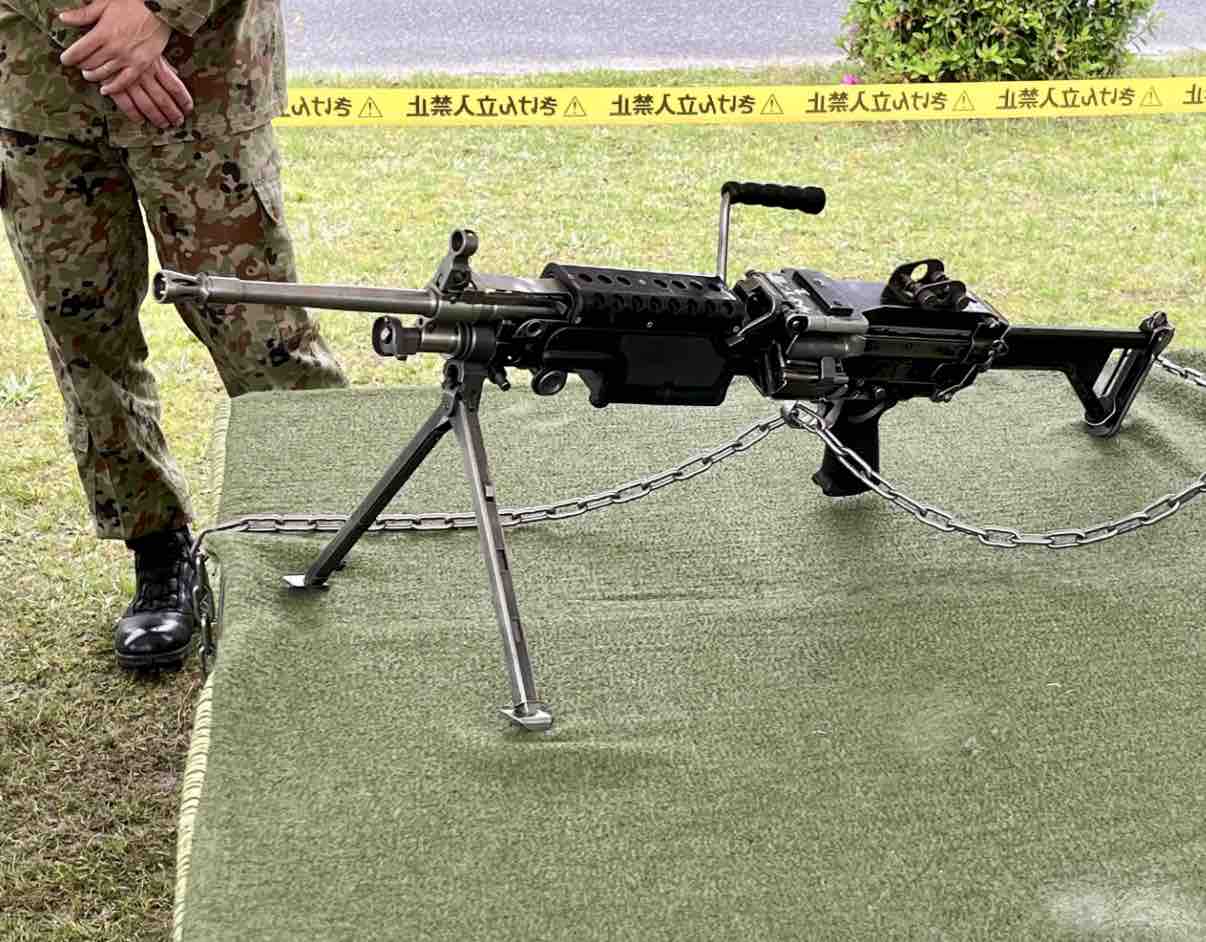 The long-awaited 5.56 MINIMI machine guns
The long-awaited 5.56 MINIMI machine guns
While this replacement is of course welcoming, it does mean that fire support at the squad level has been downgraded from a 7.62mm caliber to 5.56mm.
If we take a look at other countries, many use 7.62mm machine guns in conjunction with lighter weapons, indicating that JGSDF frontline units may be at an disadvantage in terms of firepower and range since it only has 5.56mm calibers at its disposal.



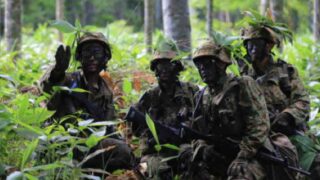
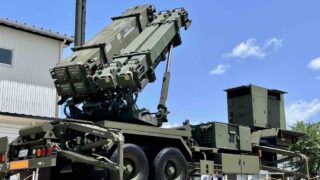
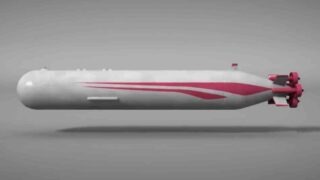
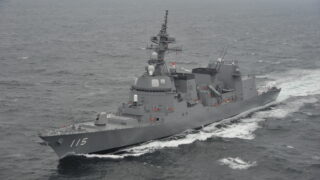
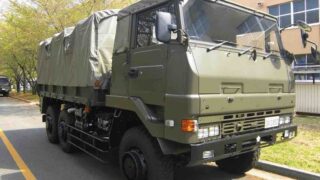
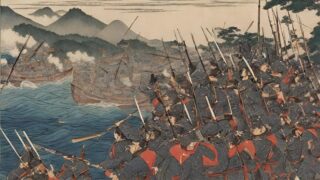
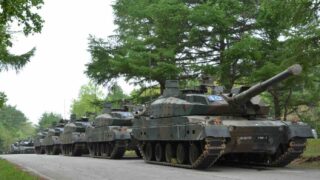
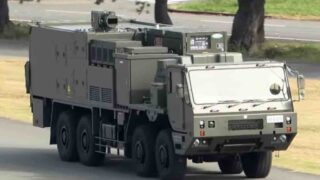
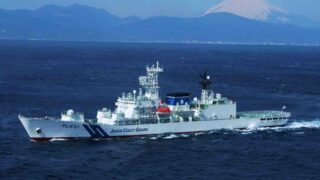

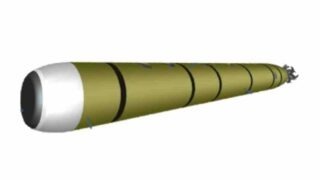
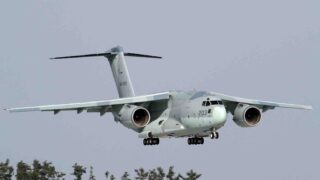
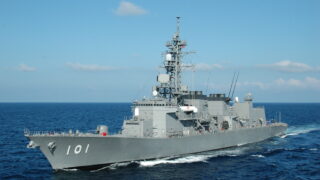
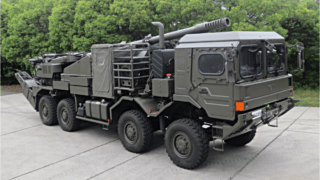
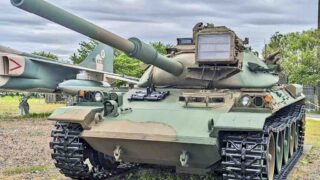
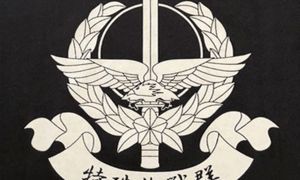
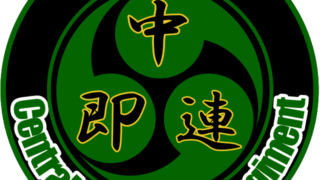
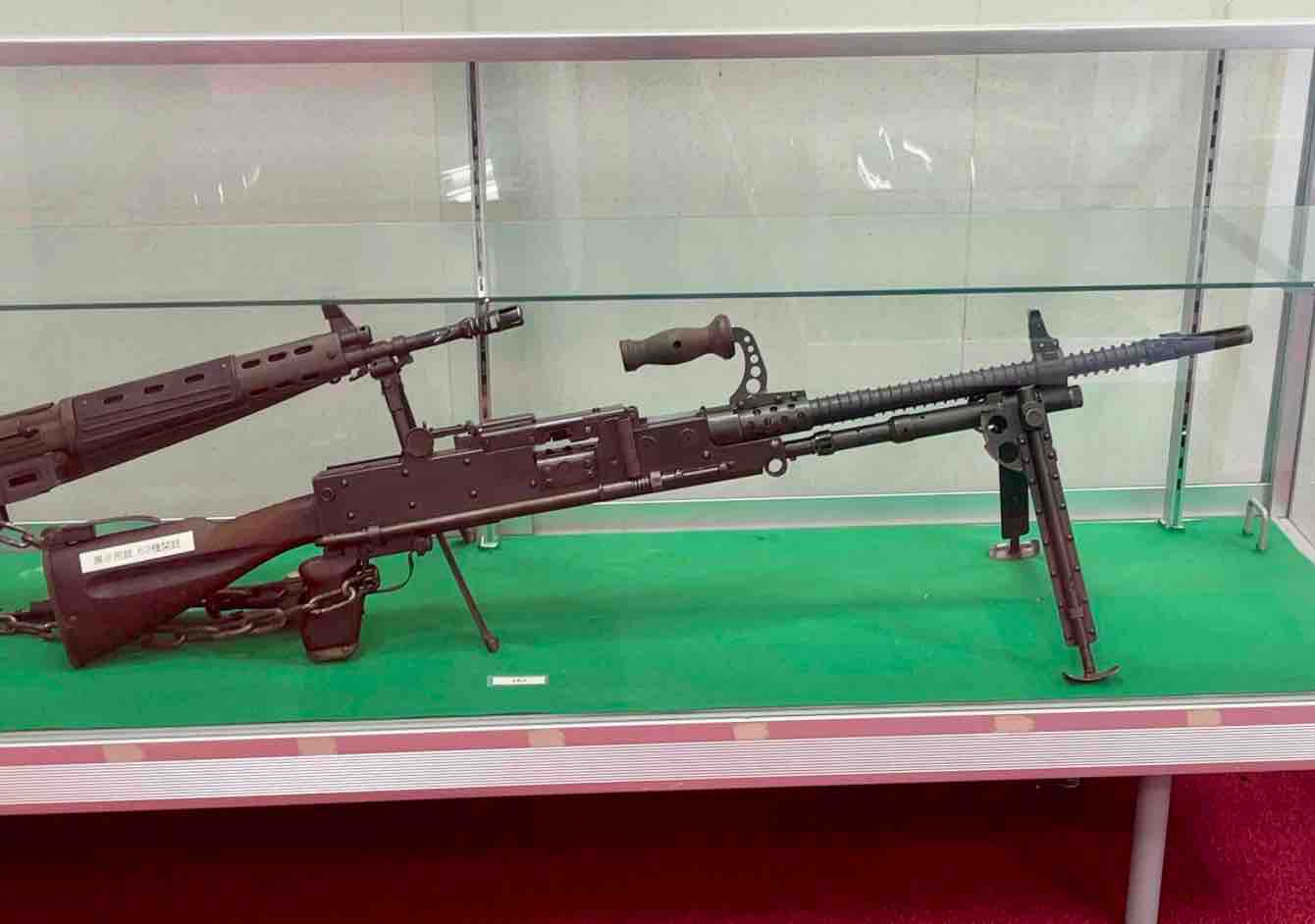
Comments